After a bit of a scare, the aging Hubble Space Telescope has once again resumed its science operations with the ACS instrument brought back online. Plus, Landsat 9 released its first images and the Crew 2 Dragon splashed down safely. Then we interview Dr. Rosanne Di Stefano from the Center for Astrophysics about the potential discovery of the first extragalactic planet.
Podcast
Show Notes
Hubble back to functioning
- NASA press release
This science is a good frEGG
- NASA press release
Crew Dragon Endeavour completes second flight into space
First Landsat 9 images
- NASA press release
Seeing the volcano for the trees
- Supergreen Trees Can Signal Sites of Eruptions (Eos)
- “Tree-ring stable isotopes and radiocarbon reveal pre- and post-eruption effects of volcanic processes on trees on Mt. Etna (Sicily, Italy),” Ruedi Seiler et al., 2021 August 17, Ecohydrology
Transcript
Hello and welcome to the Daily Space. I am your host Dr. Pamela Gay.
And I am your host Beth Johnson.
And we are here to put science in your brain.
There is a lot going on in astronomy right now, and this is a shortened week for us with Veteran’s Day. This means today is going to be rapid-fire science, and we’re already planning out the rest of the week. Specifically, we’re going to focus the first half of Friday’s episode on the newly published Decadal Survey, a document that sets the priorities for the next ten years of astronomy.
But before we can do that, we have news (so much news) and an interview with Dr. Rosanne Di Stefano from the Center for Astrophysics, Harvard and Smithsonian regarding the recent announcement of possibly the first detection of an extragalactic planet.
And now to get to that news, and it is good news!
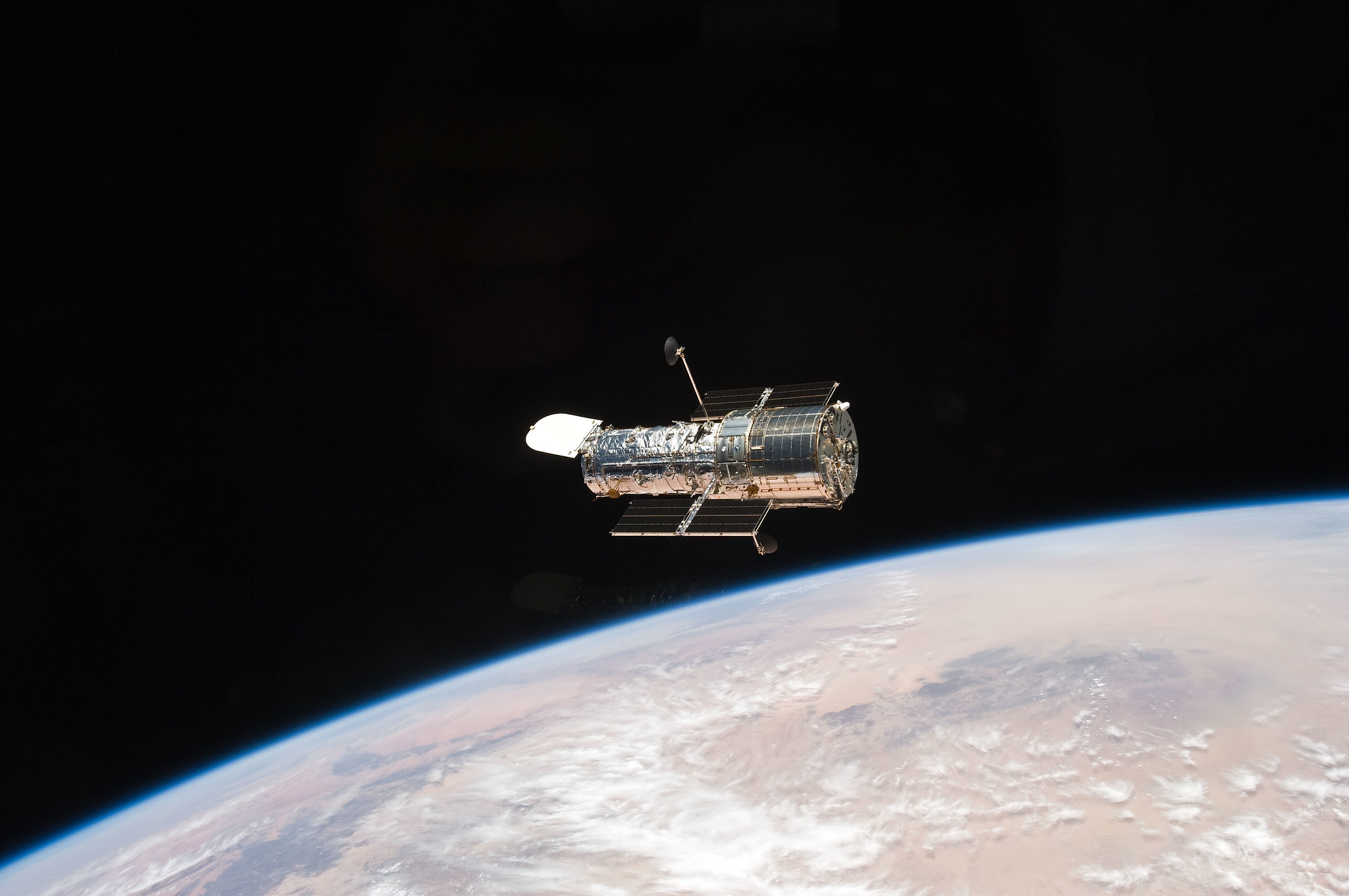
Over the weekend, mission operators were able to return the Hubble’s Advanced Camera for Surveys to science operations. Additional instruments remain in safe mode, but this is a promising start.
After 31 years in space, Hubble is starting to feel like the character in a science fiction movie who has to keep working, far beyond a reasonable age, for the benefit of everyone around us. Slated to be turned off more than a decade ago, the mission has hit the point of just being tired, and glitches in the hardware have been catching our attention more and more often.
Hubble is uniquely able to study the sky in wavelengths spanning from ultraviolet to infrared, and this gives it something of a human view of the sky. While many folks often refer to JWST as a successor to Hubble, the reality is that JWST will see the sky in longer infrared colors. At this time, no true replacement to Hubble is planned, and the entire science community is trying to get as much data out of this telescope as they can before it finally ceases to function.
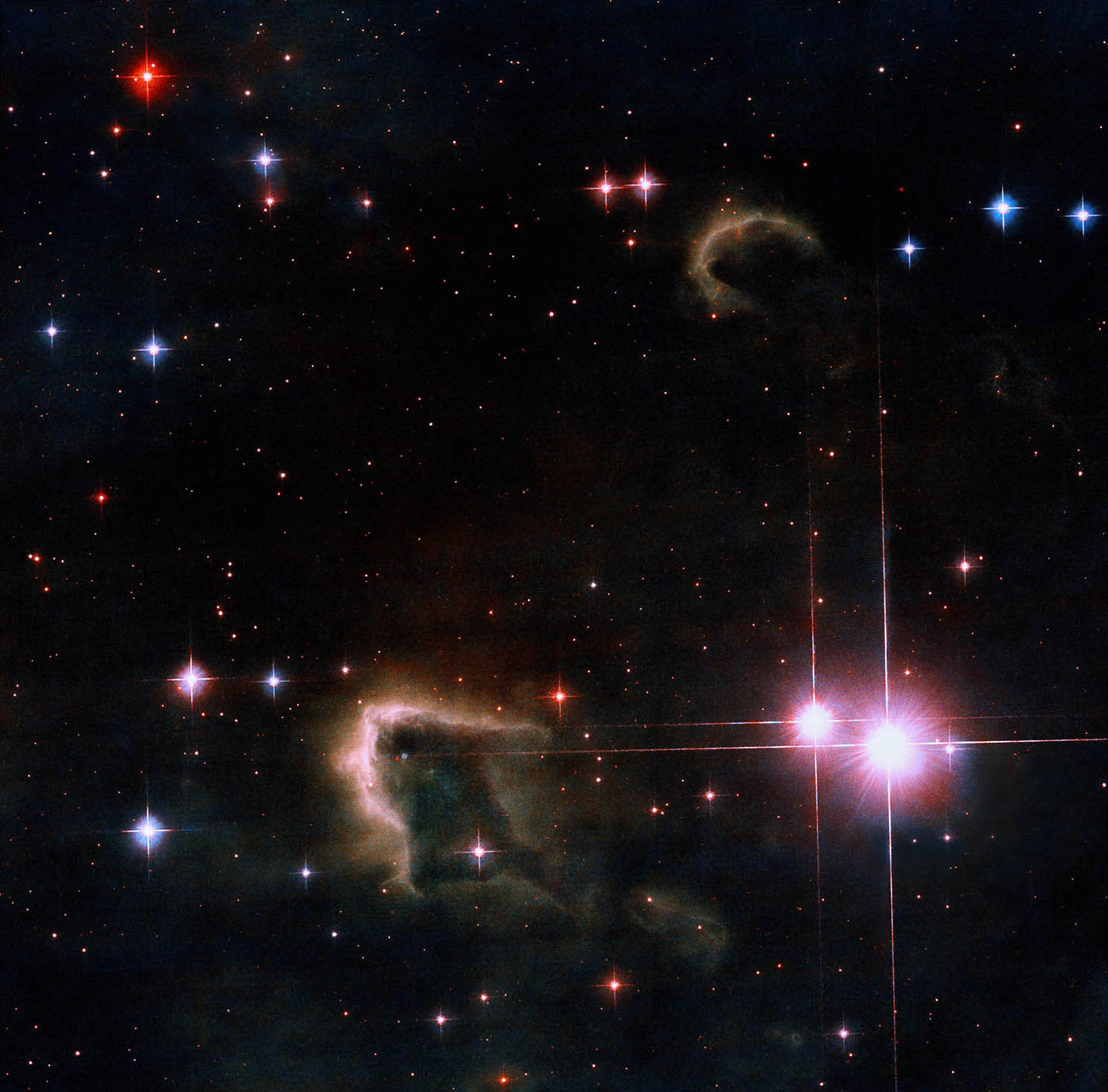
Some of Hubble’s most amazing imagery has documented the formation and evolution of stars, and some of astronomers’ most awkward naming has been applied to this amazing science. In visible light, as we see with our eyes, cold, dark clouds of gas block the light of the stars behind them and the light of the stars forming inside them. As the observed color changes and these clouds are observed in redder and redder colors, we are able to see more details. In a new image of a region of the Coalsack Nebula in Cygnus, Hubble reveals both two newly formed massive stars and also two smudges of star formation.
And here is where the naming of things goes so very wrong.
These two clouds are named Free-floating Evaporating Gaseous Globules or frEGGs, and these frEGGs are good frEGGs, and they are forming stars. Over time, the ultraviolet light of those new stars will blast away the gaseous globules, allowing these stars to hatch from their frEGGs.
This is one of the most ridiculous acronyms we’ve seen in a while, and it is the latest recipient of our BABIES Award; that’s a Bad Acronym or Backronyms in Everyday Science. Kudos to everyone involved in that acronym. You created something thoroughly punny.
And now for something entirely different.
Tomorrow’s Rocket Roundup is so jam-packed with launches that we’re letting human space flight news sneak in with our science.
Late on Monday night, November 8, Eastern time, Crew Dragon C206 successfully completed its second trip to space with a splashdown off the coast of Pensacola, Florida, bringing back the members of the SpaceX Crew 2 mission: NASA astronauts Shane Kimbrough and Megan McArthur, ESA Astronaut Thomas Pesquet, and JAXA astronaut Aki Hoshide came back to Earth after 199 days in space. They suited up and undocked from the International Space Station (ISS) in the afternoon before landing in the evening.
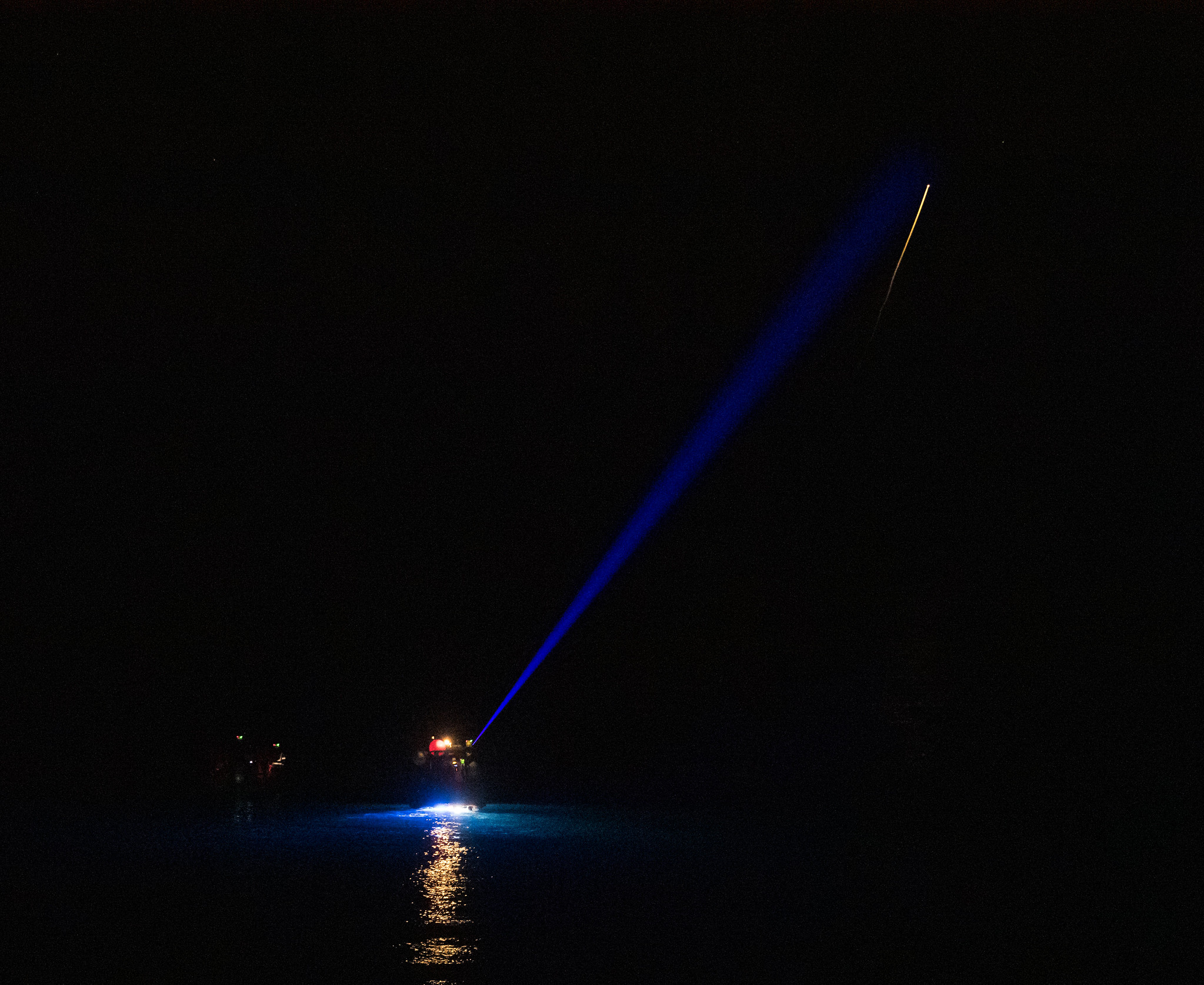
After undocking, Crew Dragon Endeavour performed an autonomous flyby of the station to allow the astronauts to photograph and analyze its condition, the first time this was done since 2018. Astronaut Pesquet took pictures out of the small window in the forward hatch of the Dragon to accomplish this task. Commander Kimbrough and Pilot McArthur were ready to take control if they needed to, but Dragon did all maneuvers by itself. After a full orbit of the station, Dragon performed two more burns to depart the ISS. Also returning with the crew is 240 kilograms of science results and old hardware from the station. These supplies were secured to the floor of the capsule.
Crew 2 was originally supposed to depart after Crew 3 arrived, performing a direct handover, but instead, they returned before the launch of Crew 3. Crew 3 has been repeatedly delayed due to crew illness and poor launch weather. The Crew Dragon is only rated for 210 days in space, so delaying the departure for a direct handover would have pushed the capsule past the limit unnecessarily.
In addition, the landing weather was forecast to get worse every day they delayed returning, so the eighth was the best day to meet all of the requirements. The crew of Soyuz MS-19 is still on the station, keeping it in operating condition until Crew 3 brings it back up to its full complement of seven astronauts sometime later this week.
On September 27, the Landsat 9 orbiter launched, and a little over a month later, it is returning awesome images that will in time turn into amazing science. The mission had first light on October 31 and celebrated Halloween by looking at how Earth was dressed up for the season.
NASA Administrator Bill Nelson says it best: Landsat 9’s first images capture critical observations about our changing planet and will advance this joint mission of NASA and the U.S. Geological Survey that provides critical data about Earth’s landscapes and coastlines seen from space. This program has the proven power to not only improve lives but also save lives. NASA will continue to work with USGS to strengthen and improve accessibility to Landsat data so decision-makers in America – and around the world – better understand the devastation of the climate crisis, manage agricultural practices, preserve precious resources and respond more effectively to natural disasters.

The first set of images include Detroit and neighboring Lake St. Clair, the Florida coastline, Navajo County in Arizona, the Himalayas, and the coastal islands of northern Australia. And while Landsat images are always amazing and provide a wealth of scientific information, this newest member of the Landsat family is poised to help us understand how the growing issue of climate change is affecting regions all over Earth. That’s because of improved instrumentation over the previous satellites, Landsat 8, which is still in orbit, and Landsat 7, which is the satellite being replaced.
One major difference between Landsat 7 and 9 is the enhanced color differentiation. Where 7 could only detect 256 different shades of a color, Landsat 9 can detect over 16,000 shades, which means the latest satellite can detect much more subtle changes than ever before, especially when it comes to darker regions such as water or forests.
All this information could help us get a handle on water usage and wildfire impacts, as well as the effects of climate change on coral reefs, glaciers, and ice shelves. Karen St. Germain from NASA explains: In a changing climate, continuous and free access to Landsat data, and the other data in NASA’s Earth-observing fleet, helps data users, including city planners, farmers and scientists, plan for the future.
NASA’s Landsat 9 team will now conduct a 100-day check-out period which will test and calibrate various instruments and systems on the satellite before the mission is handed over to the USGS in January 2022. Once the satellite is fully operational, it is expected to collect about 1,500 images of our planet every single day, with a full picture of Earth collected once every eight days. All of that data will be freely available to the public from the USGS website, and we suspect we will be bringing you even more climate change stories next year once scientists start analyzing the information.
This next story feels like an amalgamation of so many stories we’ve covered before it. Satellite images? Check. Tree cores? Check. Volcanoes? Check. And all of it adds up to a newly rediscovered bit of information first published in 1975 — something in the soil of a soon-to-erupt volcano can make trees in the region greener than usual.
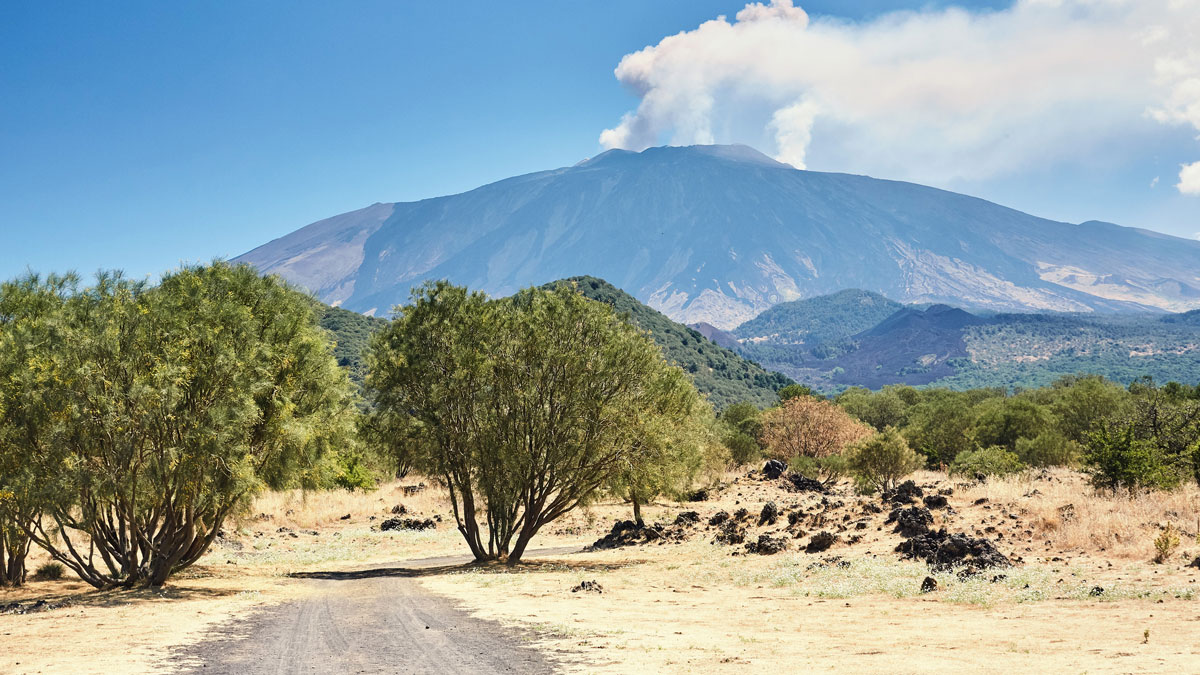
New research published in the journal Ecohydrology takes a look at how a narrow band of trees, 30 meters wide by 2 kilometers long, on Mount Etna in Italy turned greener in 2001, just before an eruption in 2002 along that same strip. The trees, of course, were destroyed in the eruption, and the difference in greenery was really only noticeable in satellite images. This led researchers to look at some historical observations, including a similar phenomenon that occurred at Mt. Etna back in 1973.
Additionally, further evidence for the phenomenon was found in images at Mount Nyiragongo in the Democratic Republic of the Congo in 2001 as well which was also followed by an eruption.
Of course, satellite imagery isn’t enough to understand what is going on, so the team collected some tree cores with the help of the Swiss National Science Foundation. Since the trees along the eruption zone were destroyed, they focused on trees within 150 meters of the 2002 eruption at Mt. Etna. After an analysis of the carbon isotopes, the results showed that the tree rings were similar during a control period as well as the eruptive period, so the greening effect was not the result of carbon dioxide. However, another isotope, oxygen-18, was shown to drop during the eruption season, and that could mean that the enhanced trees received more water vapor from volcanic steam in the soil.
Now this doesn’t mean that we should hunt satellite images for lines of enhanced trees, although perhaps the new Landsat 9 will be able to do just that. But this is another tool in the box for predicting where a volcanic eruption will occur.
We love multidisciplinary science, and this team involved experts in “forestry, soil science, volcanology, biochemistry, and ecology.” Plus satellite imagery, fieldwork, and lab work. We hope to see more from this group, and we’ll bring it here to you on Daily Space.
Interview
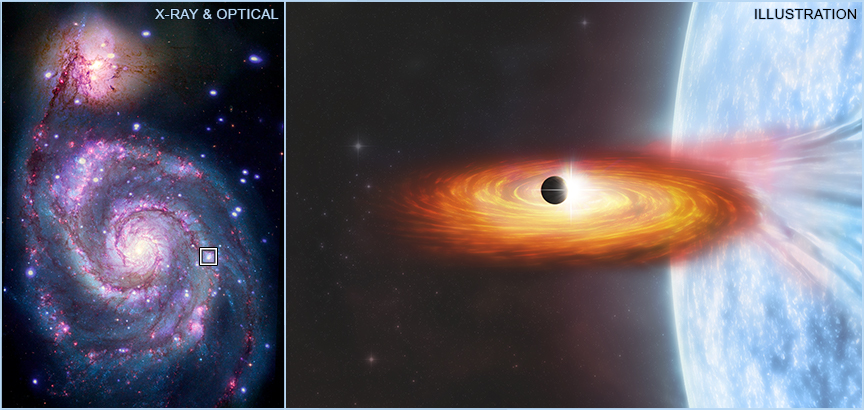
Joining me now is Dr. Rosanne Di Stefano from the Center for Astrophysics, Harvard and Smithsonian, Dr. Di Stefano is the lead author on a new paper in Nature Astronomy that lays out the evidence for the discovery of possibly the first planet found outside the Milky Way. Using a modified version of the transit method that scientists use to find extrasolar planets, Di Stefano and her team observed an X-ray binary in the Whirlpool Galaxy and found a dip in the X-ray signal that could indicate the presence of a planet.
Thank you for joining us and welcome, Dr. Di Stefano.
[Transcript unavailable.]
This has been the Daily Space.
You can find more information on all our stories, including images, at DailySpace.org. As always, we’re here thanks to the donations of people like you. If you like our content, please consider joining our Patreon at Patreon.com/CosmoQuestX.
Credits
Written by Pamela Gay and Beth Johnson
Hosted by Pamela Gay and Beth Johnson
Audio and Video Editing by Ally Pelphrey
Content Editing by Beth Johnson
Intro and Outro music by Kevin MacLeod, https://incompetech.com/music/


 We record most shows live, on Twitch. Follow us today to get alerts when we go live.
We record most shows live, on Twitch. Follow us today to get alerts when we go live.